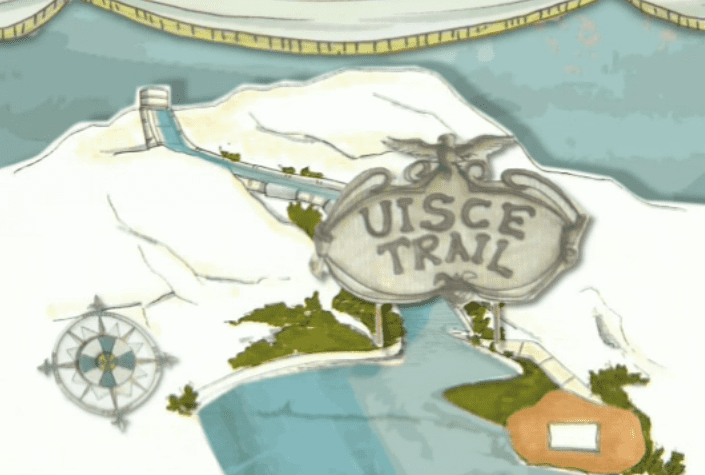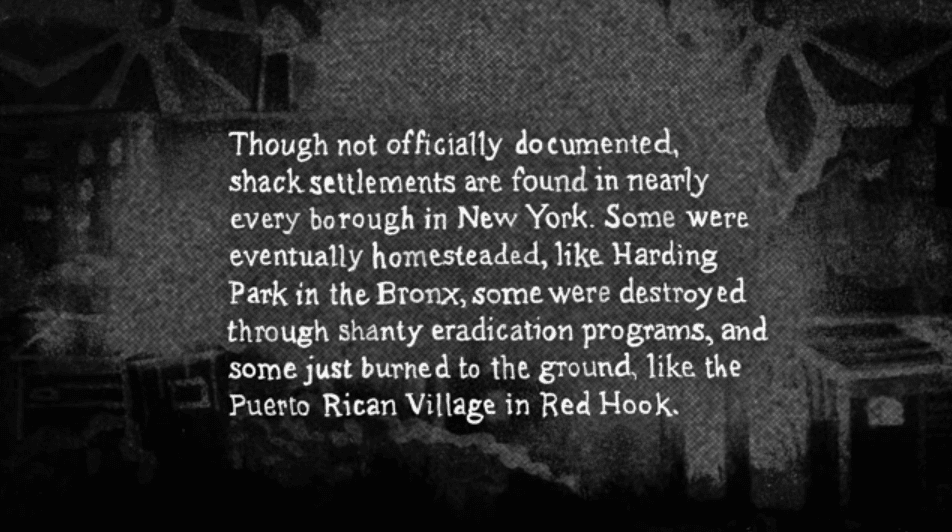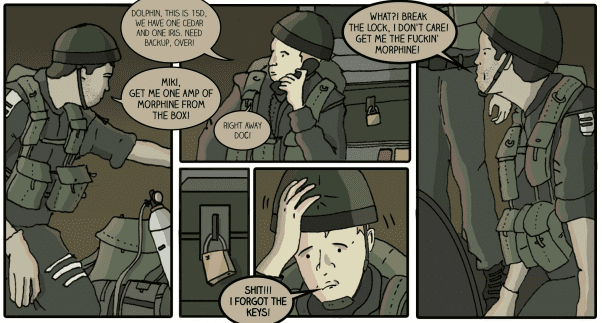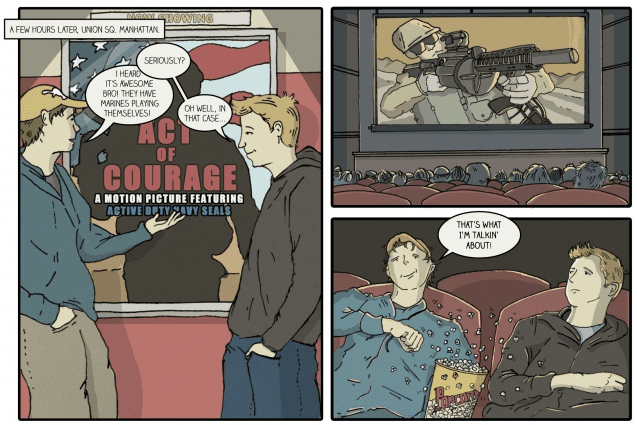The New York Comics & Picture-Story Symposium is a weekly forum for discussing the tradition and future of text/image work. Open to the public, it meets Monday nights 7-9 p.m. EST in New York City. Presentations vary weekly and include everything from historical topics and technical demonstrations to creators presenting their work. Check out upcoming meetings here.
On August 11th, the ninety-fourth meeting of the Comics and Picture Story Symposium was held at Columbia University’s Butler Library. Nicole Antebi and Miki Golod presented about their recent work.
Nicole Antebi: Why Animation?
Antebi has worked with animation on a number of projects that combine historical description and fantasy to address contemporary issues. She began her talk by describing her introduction into the world of animation. Growing up, she was discouraged from watching Disney films. As a result, she had little exposure to animation until later in life and came to see the possibilities in the medium from a different angle.
In 2009, Antebi made the short animated film, Uisce Beatha. The film begins with the story of William Mulholland, the man who oversaw the construction of the Los Angeles Aqueduct, but expands into an exploration of the relationships between whiskey, water, and Uisce, the fantastical trickster of Irish mythology who is constantly seeking water.
Antebi spoke about the possibility for magical thinking to highlight new connections and meanings in historical research, saying, “I settled on the idea that all representation is largely a form of fiction or at the very least, mediated by fiction.” She argued that animation has a unique relationship to representation because the hand of the creator has been visible from the beginning of Cinema. In classes she’s taught on animation, she would ask her students, “Why animation?” For her, the answer is in its unique ability to represent the intangible.
In a recent work, The Shack, Antebi used The Winter Shack, a collaboration with artist Alex Branch, as a launching point for a discussion of improvised housing in New York. The film weaves together hand-drawn animation, photography, and digital animation.
Antebi’s work can be found online at www.nicoleantebi.com
*
Miki Golod: Full Body Scan
Miki Golod is an Israeli cartoonist who has lived in Brooklyn for the past several years. He presented about his work in Israel and about Full Body Scan, his final project at the Fashion Institute of Technology (FIT).
Golod said he was hoping to focus on three issues with Full Body Scan: his move to Brooklyn, his sexuality, and his memories from the years he spent in the Israeli army as a field medic. Although he had completed autobiographical works before, these were issues that he had been avoiding.
Full Body Scan begins on a snowy night in Brooklyn, as Golod’s date begins to ask him questions about his time in the military. Using the conversation to give context to his memories, Golod addresses some of the questions he is asked most often about his service. Ranging from mundane to terrifying, his stories depict the reality of military life.
When he began the work, Golod wanted to make a comic that avoided the stereotypes he had seen in LGBT comics (namely, the focus on sex) and in Israeli war stories (the troubled soldier, trying to remember what happened). The comic also addresses some of the culture shock he felt when encountering American ideas of war in films such as Act of Valor.
When asked about which parts of the comic are drawn from memory and which are fictional, Golod said that the date which provides the frame for the story is fictitious, even though it is drawn from many true stories. As for the war stories, Golod said, “I drew it the way I remember it, but I can’t be 100% sure.”
You can find Miki Golod’s work at golod.prosite.com
***
About the author: Orion Martin is a comics writer and critic whose work focuses on the intersection between science fiction and social commentary. You can find his work at orionnotes.com/art or r-o-martin.tumblr.com.










